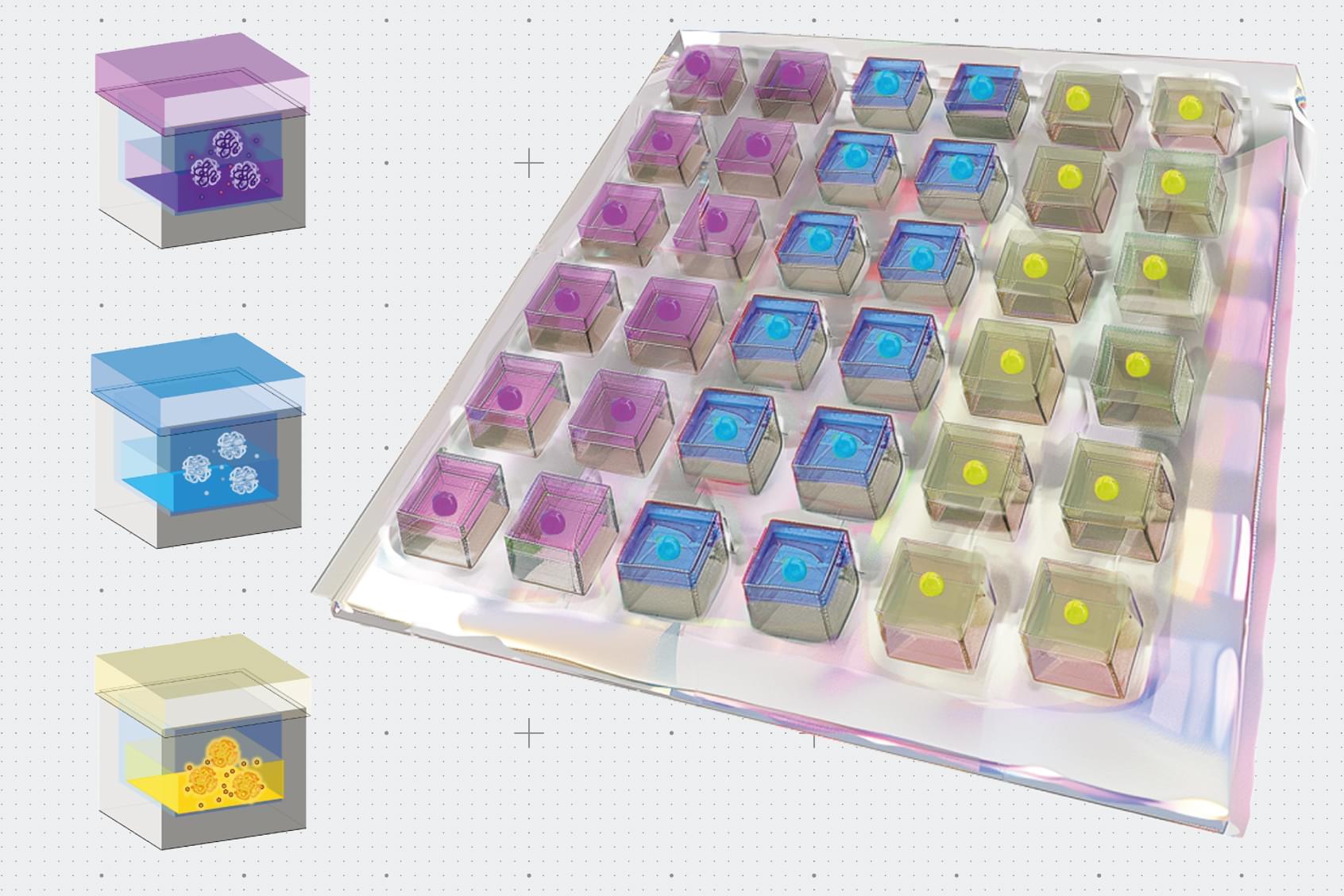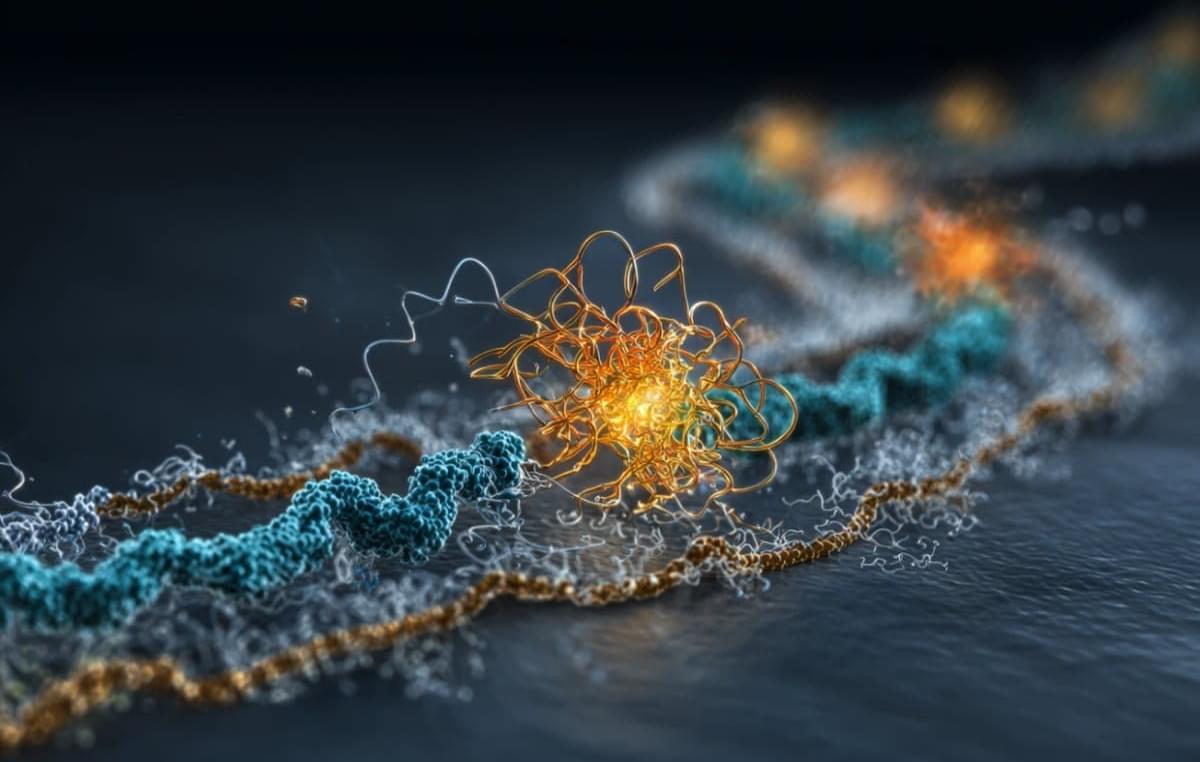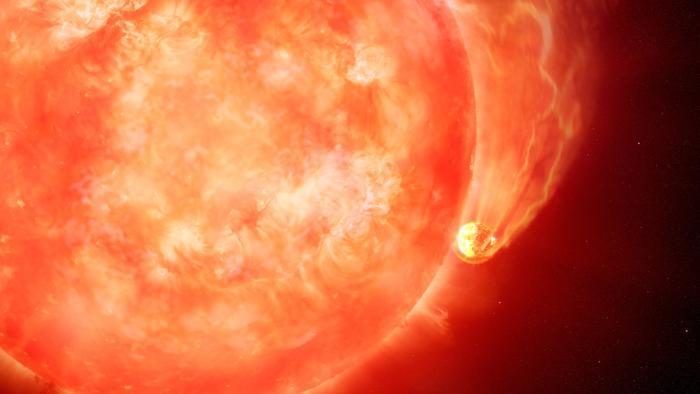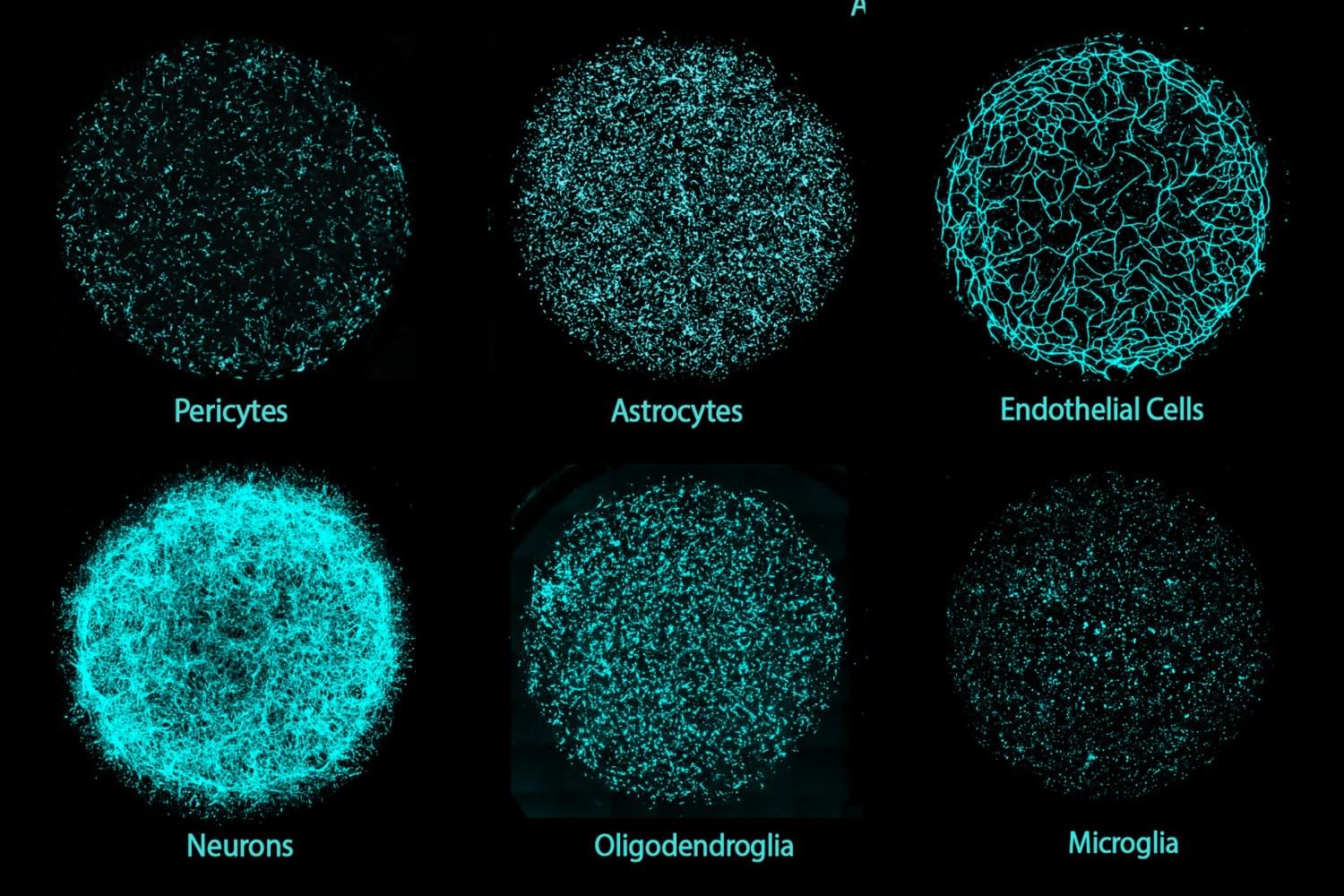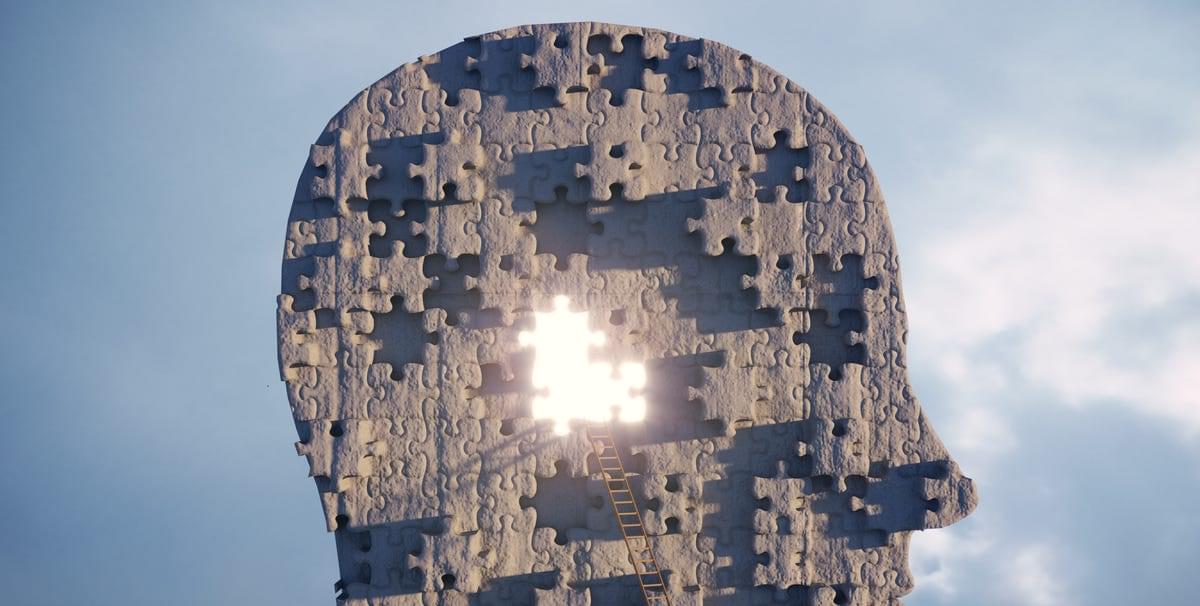“This is strong evidence that as stars evolve off their main sequence they can quickly cause planets to spiral into them and be destroyed,” said Dr. Edward Bryant.
What happens to planets as their stars age and come closer to death? This is what a recent study published in the Monthly Notices of the Royal Astronomical Society hopes to address as a team of researchers investigated the interaction between stars near the end of their lifetimes and their exoplanets with short-period orbits. This study has the potential to help scientists better understand the evolution of stars and what this could mean for our Sun near the end of its lifetime.
For the study, the researchers analyzed data obtained from NASA’s Transiting Exoplanet Survey Satellite (TESS) mission for short-period exoplanets orbiting post-main-sequence stars, which are stars approximately the size of our Sun which have exhausted their hydrogen and have ballooned into red giants. Additionally, these short-period exoplanets have orbits that last mere days.
The goal of the study was to ascertain the influence of these red giants on their planetary populations, with the researchers settling on 130 exoplanets after careful data analysis. In the end, the researchers found that only 0.28 percent of older post-main sequence stars had giant exoplanets, with 0.35 percent of younger post-main-sequence stars having giant exoplanets. Finally, the researchers found only 0.11 percent of the oldest post-main-sequence stars had exoplanets.
